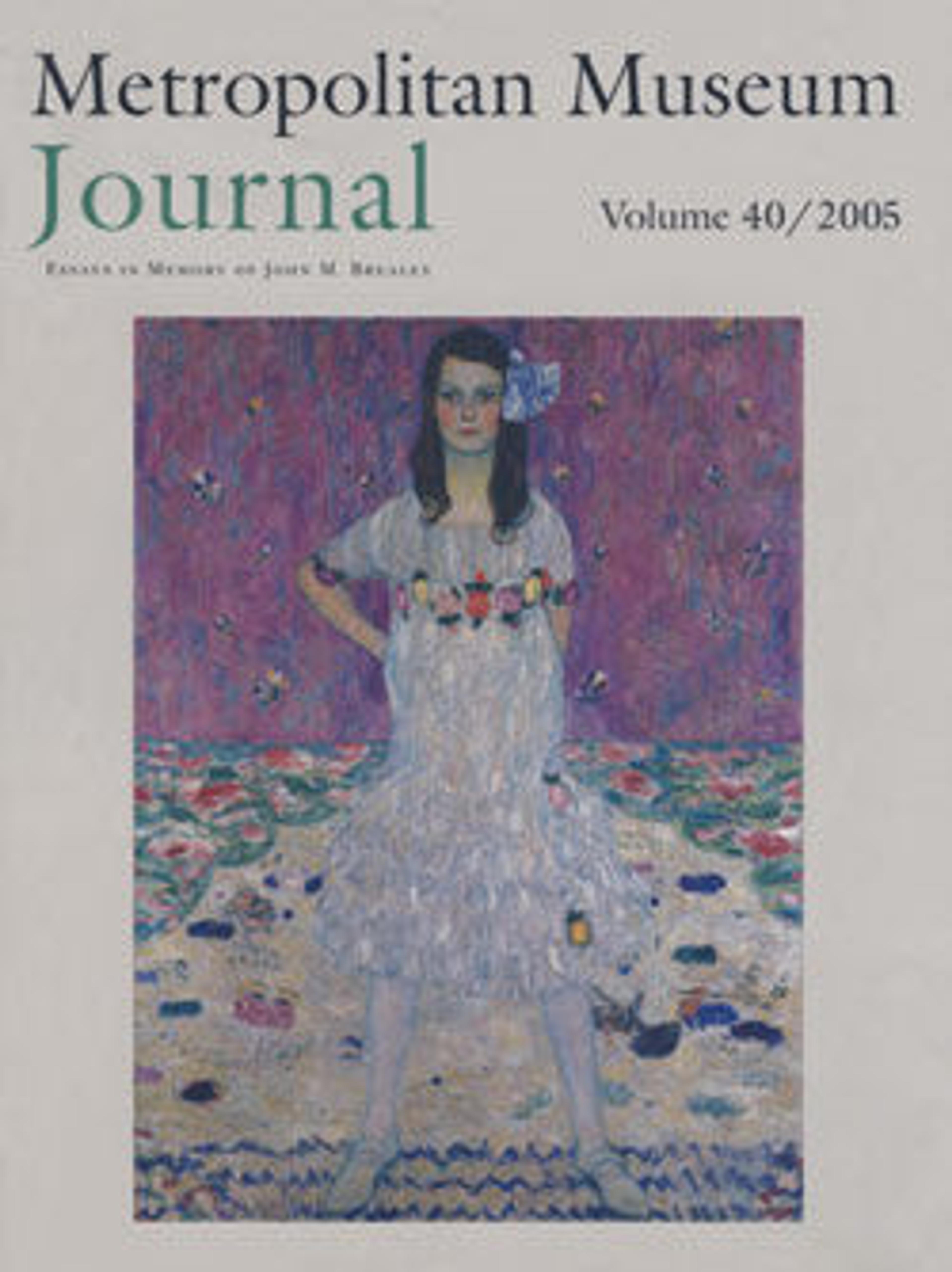Virgin and Child with Saints Catherine of Alexandria and Barbara
Memling adapted this composition from a large, celebrated altarpiece that he completed in 1479 for the Sint-Janshospitaal in Bruges. This smaller, more modest version was commissioned by an unidentified donor who kneels at the left. He is shown reciting his rosary as he contemplates Saint Catherine’s mystic marriage to the infant Jesus. Saint Barbara, whose attribute—the tower—is behind her, sets a meditative example by reading. The grape arbor above the Virgin’s throne was most likely added shortly after Memling’s lifetime, in the early sixteenth century, when the cult of the Eucharist became increasingly popular.
Artwork Details
- Title:Virgin and Child with Saints Catherine of Alexandria and Barbara
- Artist:Hans Memling (Netherlandish, Seligenstadt, active by 1465–died 1494 Bruges)
- Date:early 1480s
- Medium:Oil on wood
- Dimensions:Overall 26 7/8 x 28 7/8 in. (68.3 x 73.3 cm); painted surface 26 3/8 x 28 3/8 in. (67 x 72.1 cm)
- Classification:Paintings
- Credit Line:Bequest of Benjamin Altman, 1913
- Object Number:14.40.634
- Curatorial Department: European Paintings
More Artwork
Research Resources
The Met provides unparalleled resources for research and welcomes an international community of students and scholars. The Met's Open Access API is where creators and researchers can connect to the The Met collection. Open Access data and public domain images are available for unrestricted commercial and noncommercial use without permission or fee.
To request images under copyright and other restrictions, please use this Image Request form.
Feedback
We continue to research and examine historical and cultural context for objects in The Met collection. If you have comments or questions about this object record, please contact us using the form below. The Museum looks forward to receiving your comments.
